Optimal Timing for Shower Grouting
Determining the optimal time for shower groutings involves considering factors such as humidity, usage frequency, and the condition of existing grout. Ideally, grout should be refreshed when signs of deterioration, discoloration, or mold become apparent. Performing grout maintenance during periods of lower humidity can also facilitate better drying and adhesion.
Regularly scheduled groutings help prevent water damage and mold growth, which are common in moist environments like showers. The best time to re-grout is typically after deep cleaning or when grout lines show cracks, chips, or staining that cannot be cleaned effectively. Proper timing ensures longevity and maintains a hygienic shower space.
Cracks, chips, and discoloration indicate it may be time for re-grouting to prevent water damage.
Perform groutings during dry, low-humidity periods for best adhesion and drying.
Typically every 1-2 years, depending on usage and grout condition.
Prevents mold growth, maintains appearance, and prolongs tile lifespan.
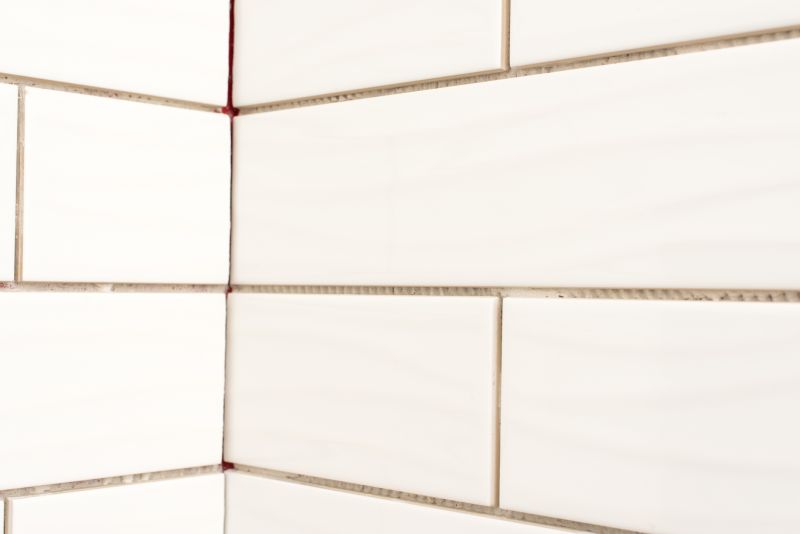
Ways to make Shower Groutings work in tight or awkward layouts.
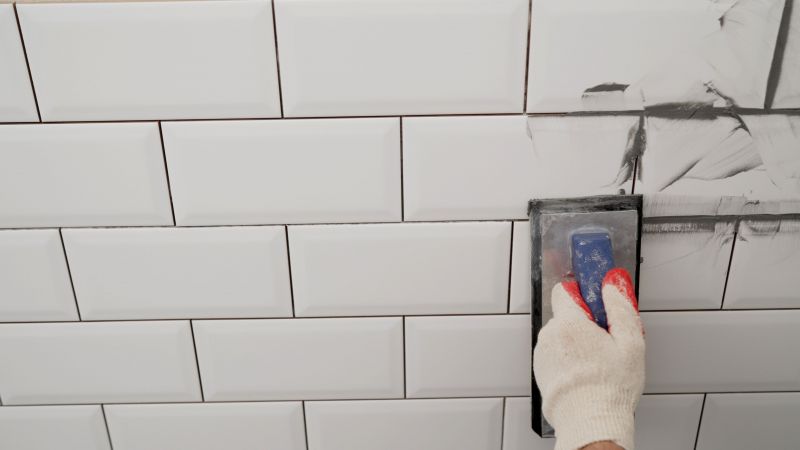
Popular materials for Shower Groutings and why they hold up over time.
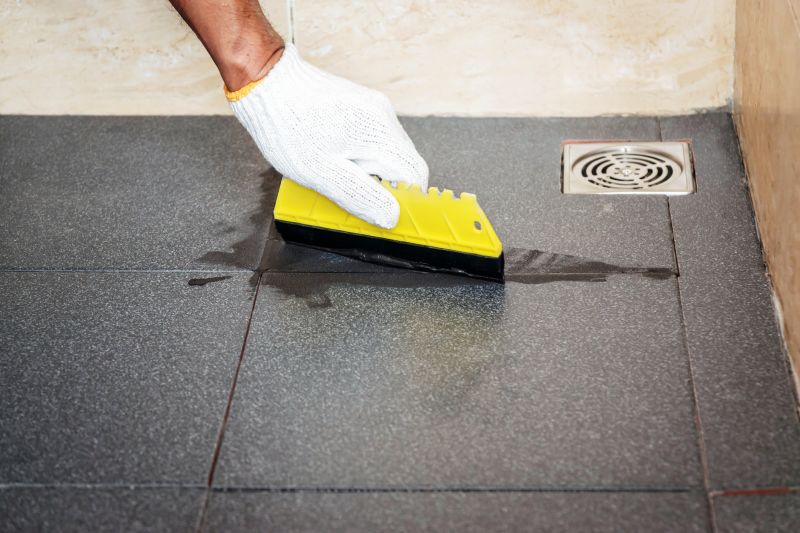
Simple add-ons that improve Shower Groutings without blowing the budget.
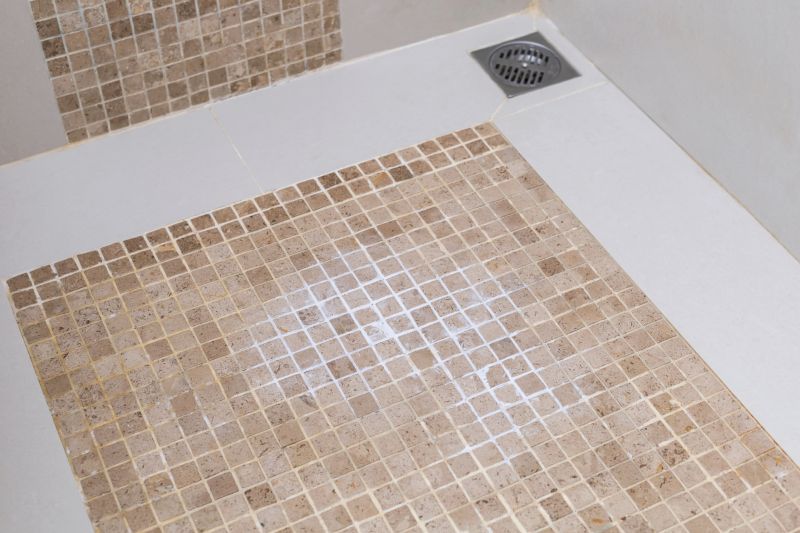
High-end options that actually feel worth it for Shower Groutings.
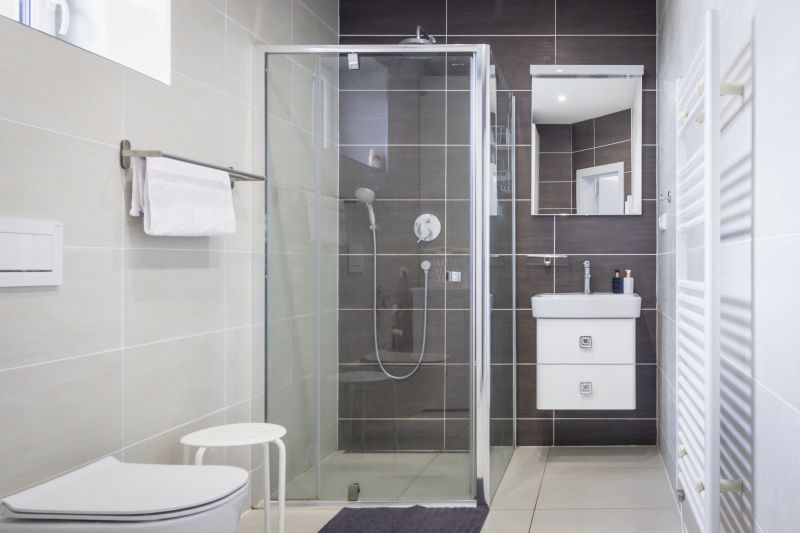
Finishes and colors that play nicely with Shower Groutings.
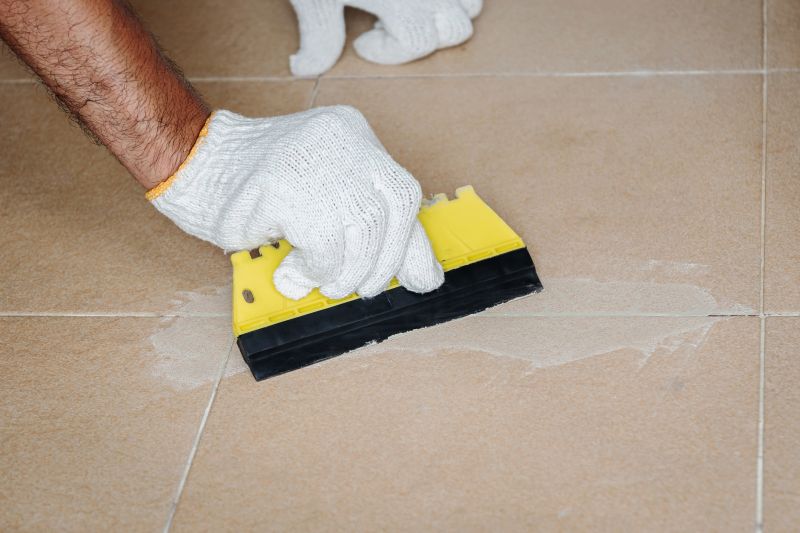
Little measurements that prevent headaches on Shower Groutings day.
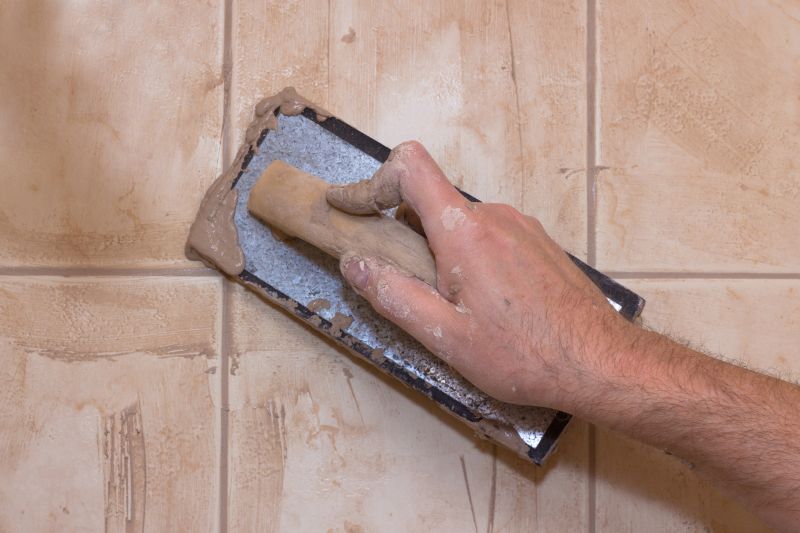
A 60-second routine that keeps Shower Groutings looking new.

A frequent mistake in Shower Groutings and how to dodge it.
| Condition | Recommended Action |
|---|---|
| Discoloration or staining | Schedule re-grouting to restore appearance. |
| Cracks or chips | Re-grout to prevent water seepage. |
| Mold or mildew presence | Perform cleaning and consider re-grouting. |
| Loose or missing grout | Re-grout to secure tiles. |
| Frequent water leakage | Inspect and re-grout as needed. |
| Old grout with no visible damage | Re-grouting every 1-2 years is advisable. |

Small tweaks to make Shower Groutings safer and easier to use.
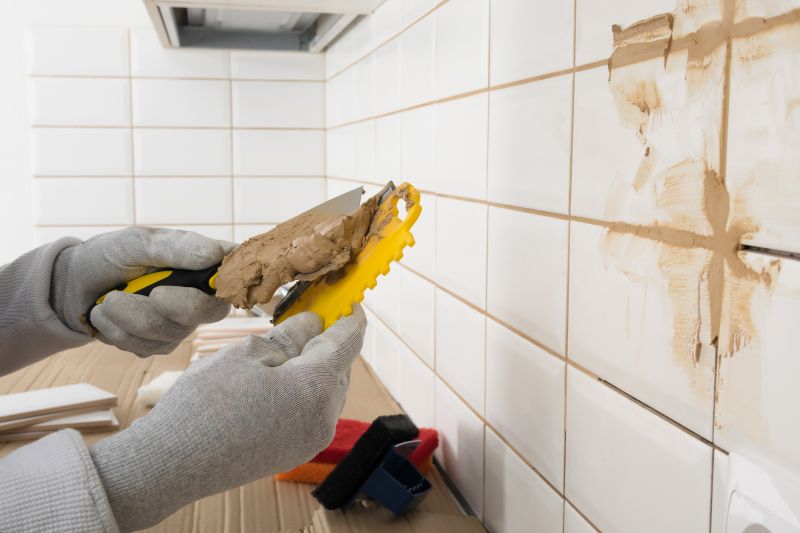
Lower-waste or water-saving choices for Shower Groutings.
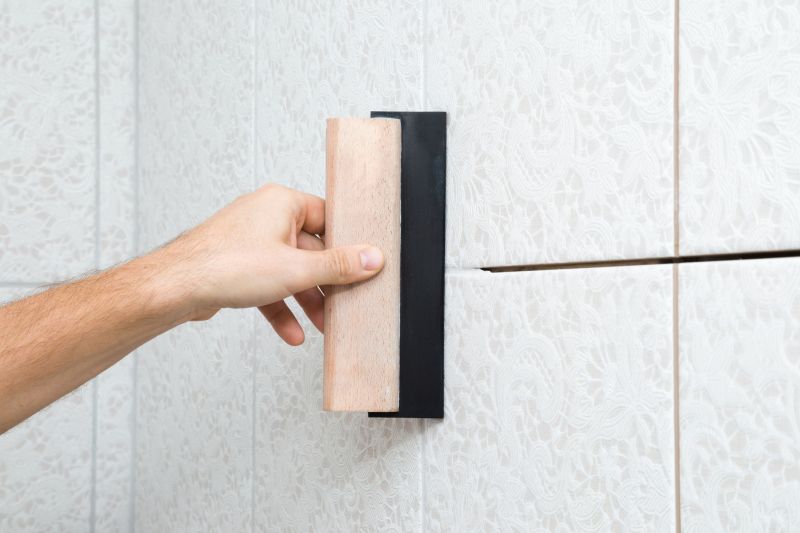
The short, realistic tool list for quality Shower Groutings.
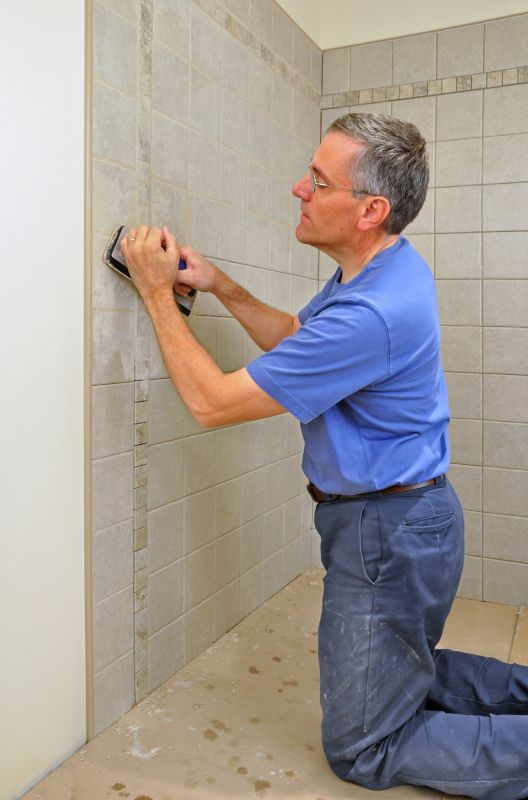
Rough timing from prep to clean-up for Shower Groutings.
Regular inspection of shower grout lines helps identify the right timing for maintenance. Properly timed groutings contribute to a cleaner, more durable shower environment, reducing the risk of water damage and mold growth. Scheduling re-grouting during periods of low humidity and after noticing signs of deterioration ensures effective results.
Interested in maintaining or upgrading your shower groutings? Filling out the contact form can provide more information and assistance tailored to specific needs.
